You might also be interested in:
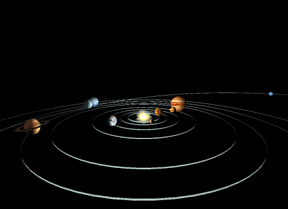
Scientists believe that the solar system was formed when a cloud of gas and dust in space was disturbed, maybe by the supernova of a nearby star. Shock waves from the explosion compressed the cloud of
...more
The solar system is made up of the Sun, // Call the planets count function defined in the document head print_planet_count('planets'); planets and // Call the planets count function defined in the document
...more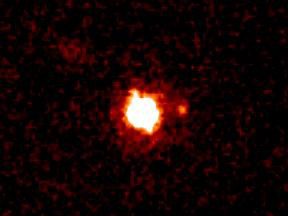
Eris is a dwarf planet that was discovered in 2005. Eris is a trans-Neptunian object (TNO) that orbits the Sun on the frozen fringes of our Solar System beyond the Kuiper Belt. Eris takes 557 years to
...more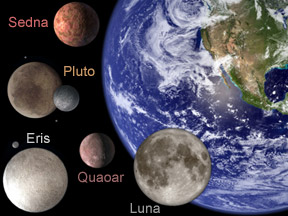
It may surprise you, but astronomers don't really have a good definition of a "planet". Because of this, Pluto is at the heart of a controversy about its status. Is Pluto a planet, or isn't it? Scientists
...more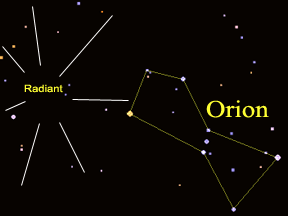
The Orionid meteor shower is one of several major meteor showers that occur on roughly the same date each year. The Orionids typically "peak" (are at their greatest level of activity) around October 21st.
...more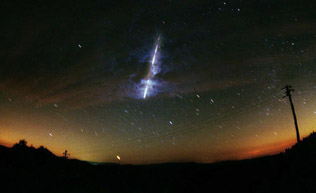
The Leonid meteor shower is one of several major meteor showers that occur on roughly the same date each year. The Leonids typically "peak" (are at their greatest level of activity) in mid to late November.
...more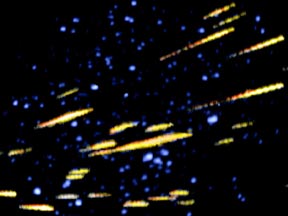
A meteor shower is an astronomical event during which many meteors can be seen in a short period of time. Most meteor showers have a peak activity period that lasts between several hours and a couple of
...more









